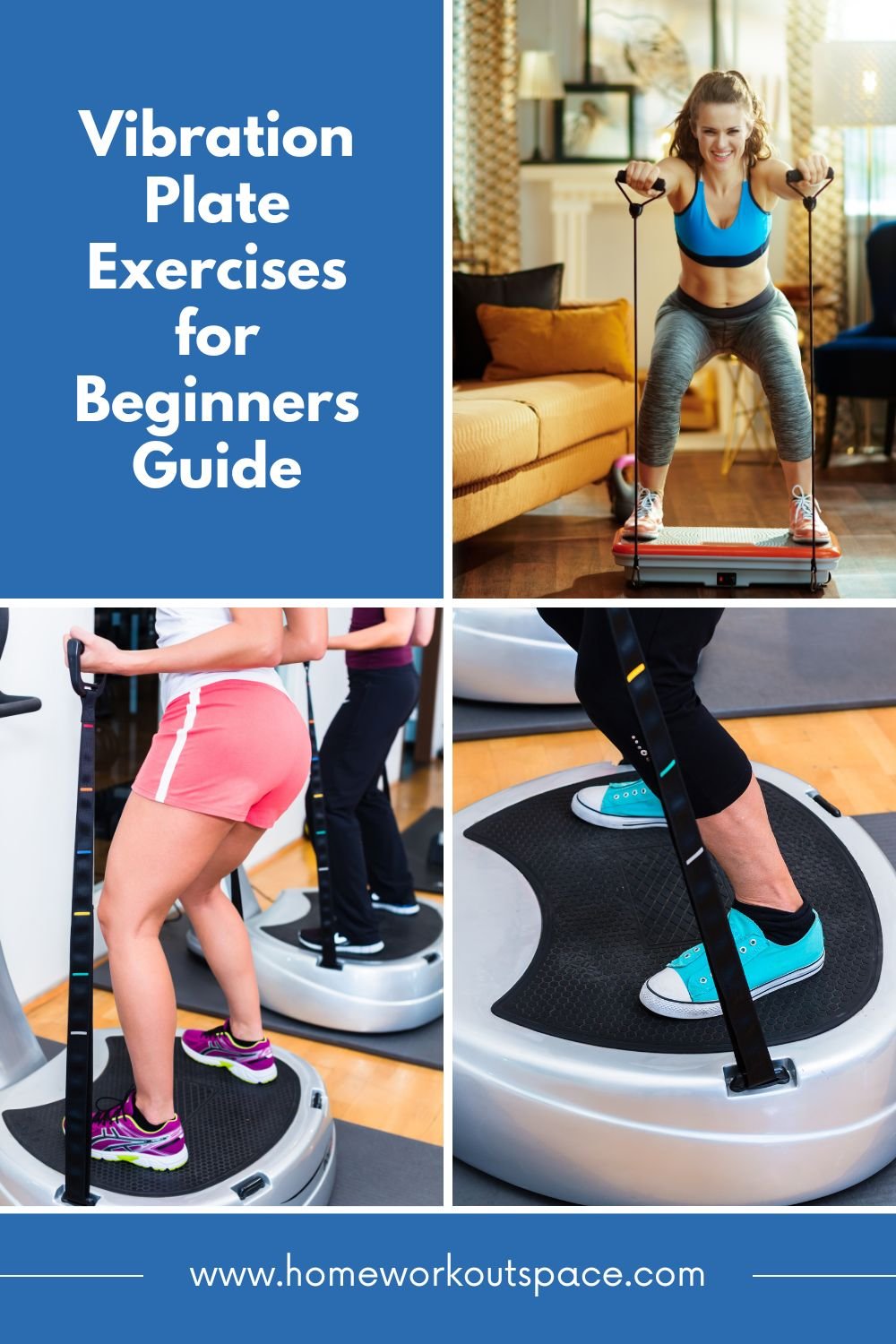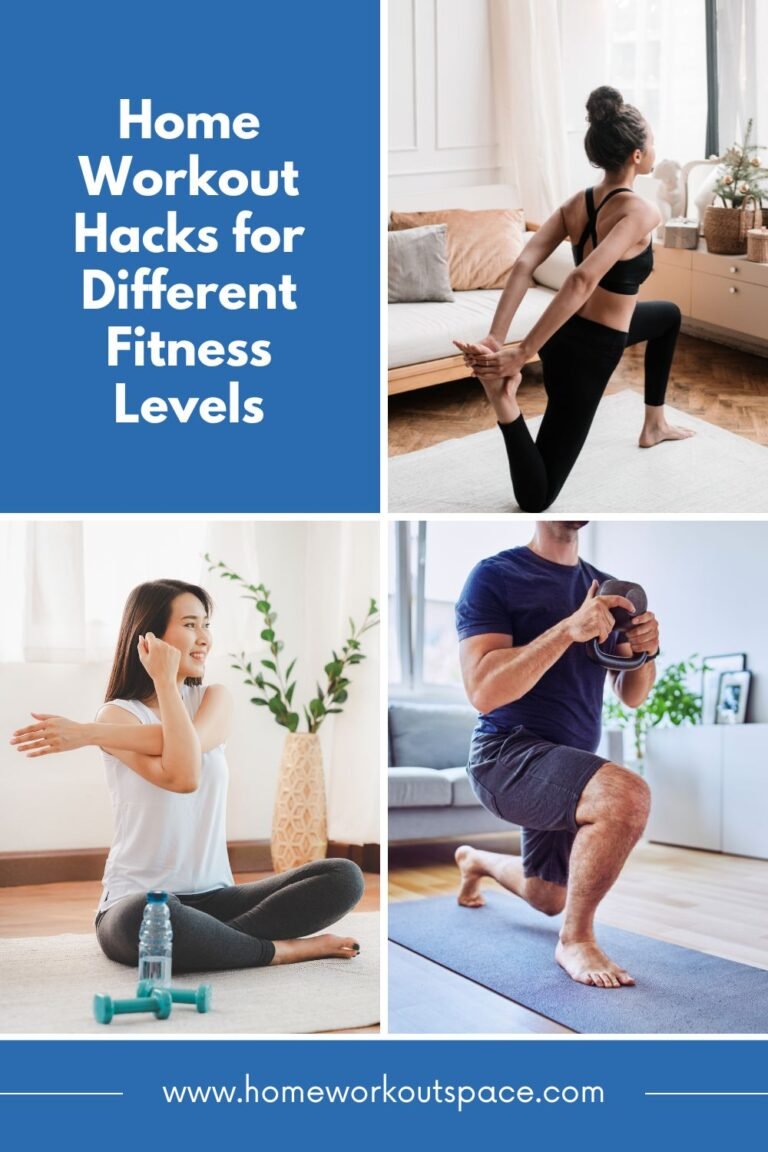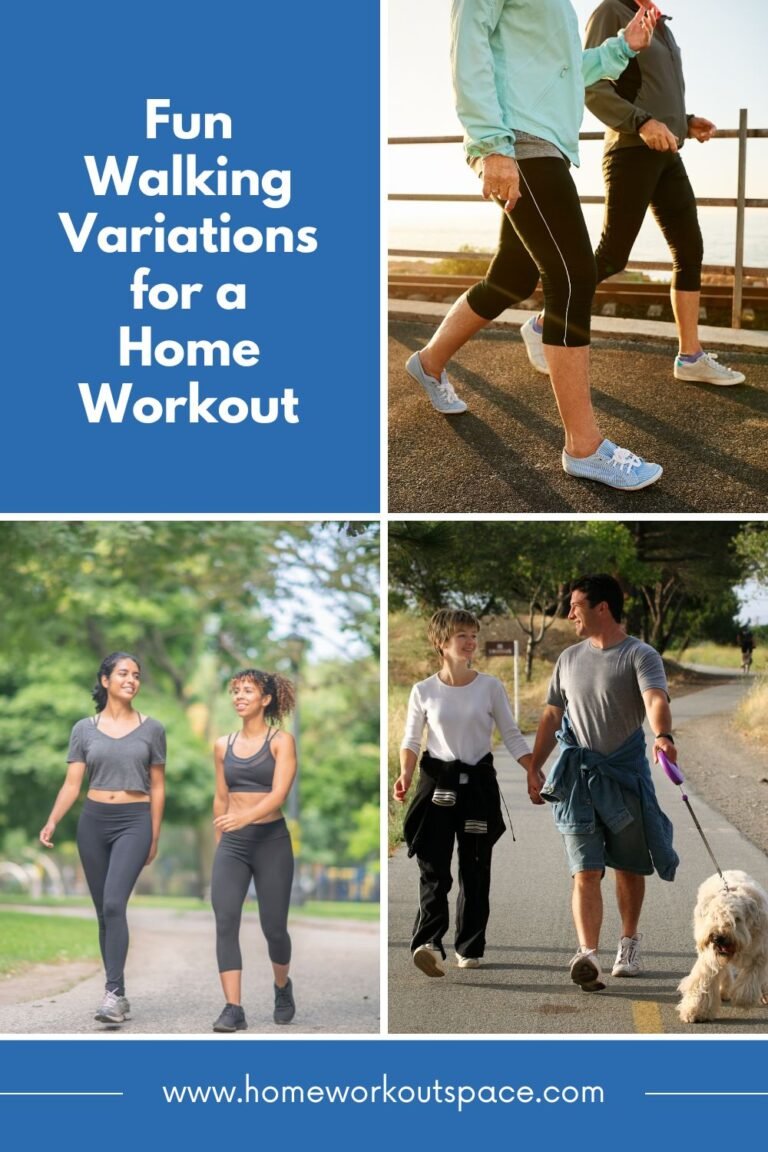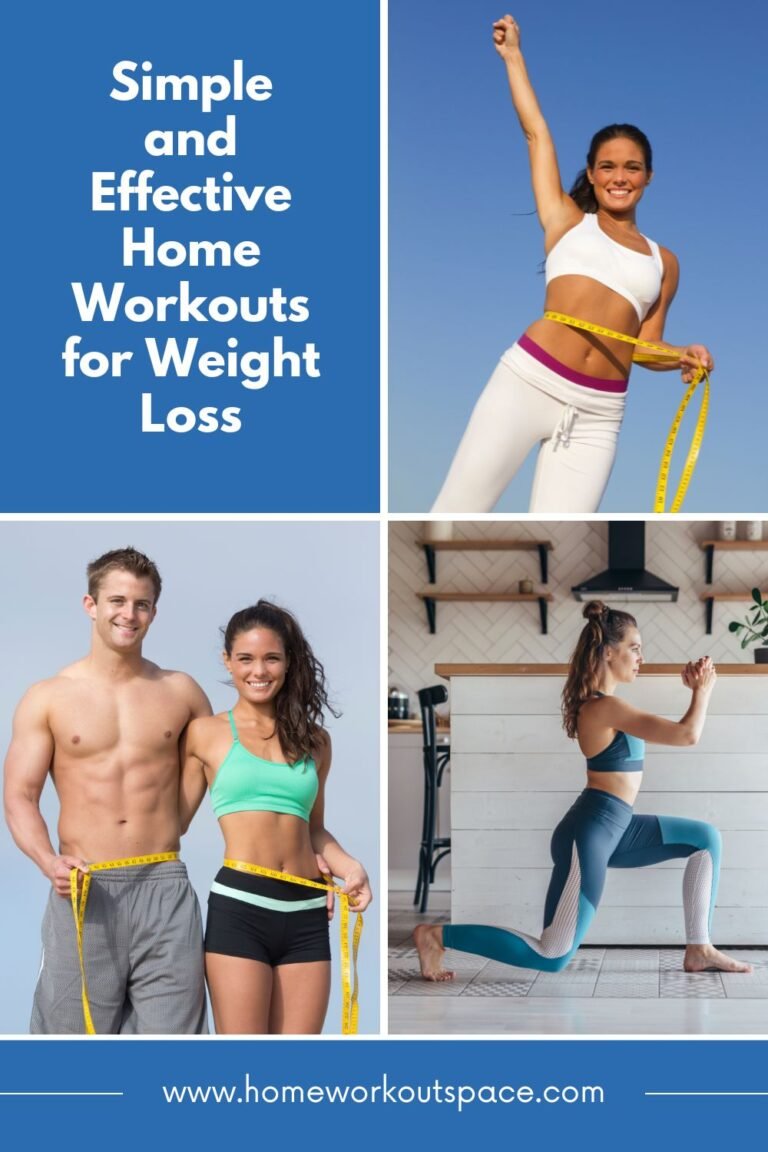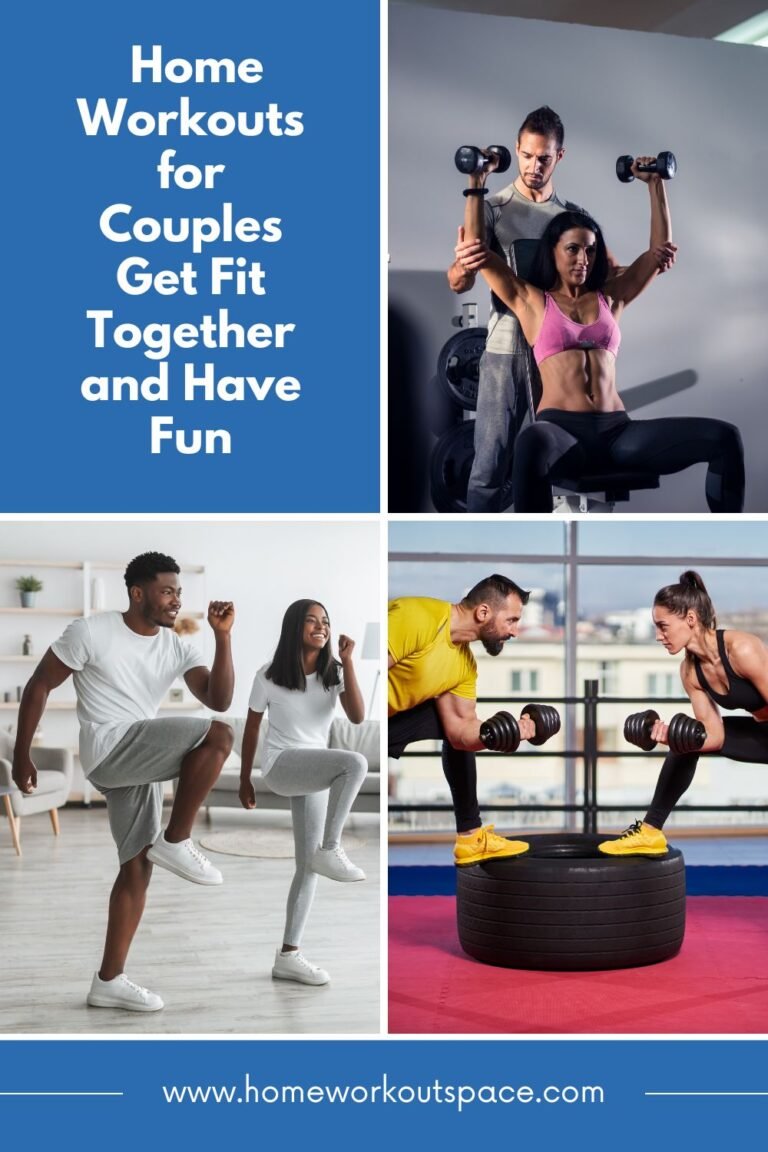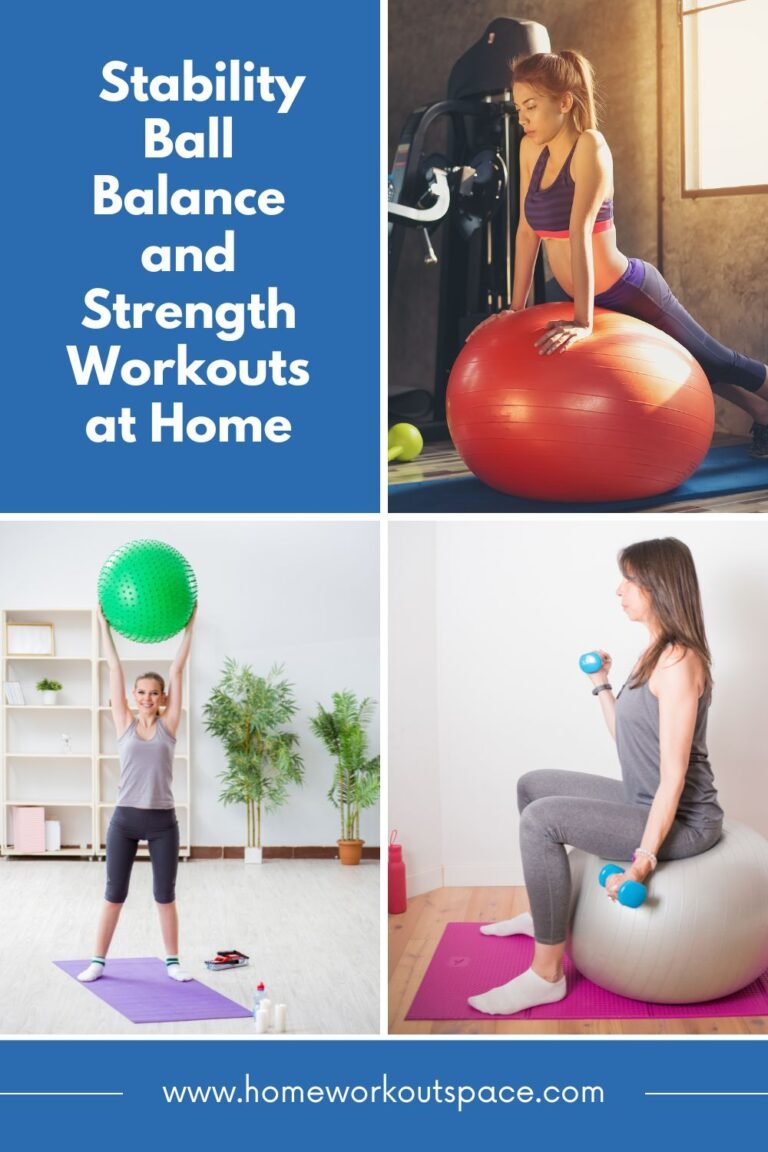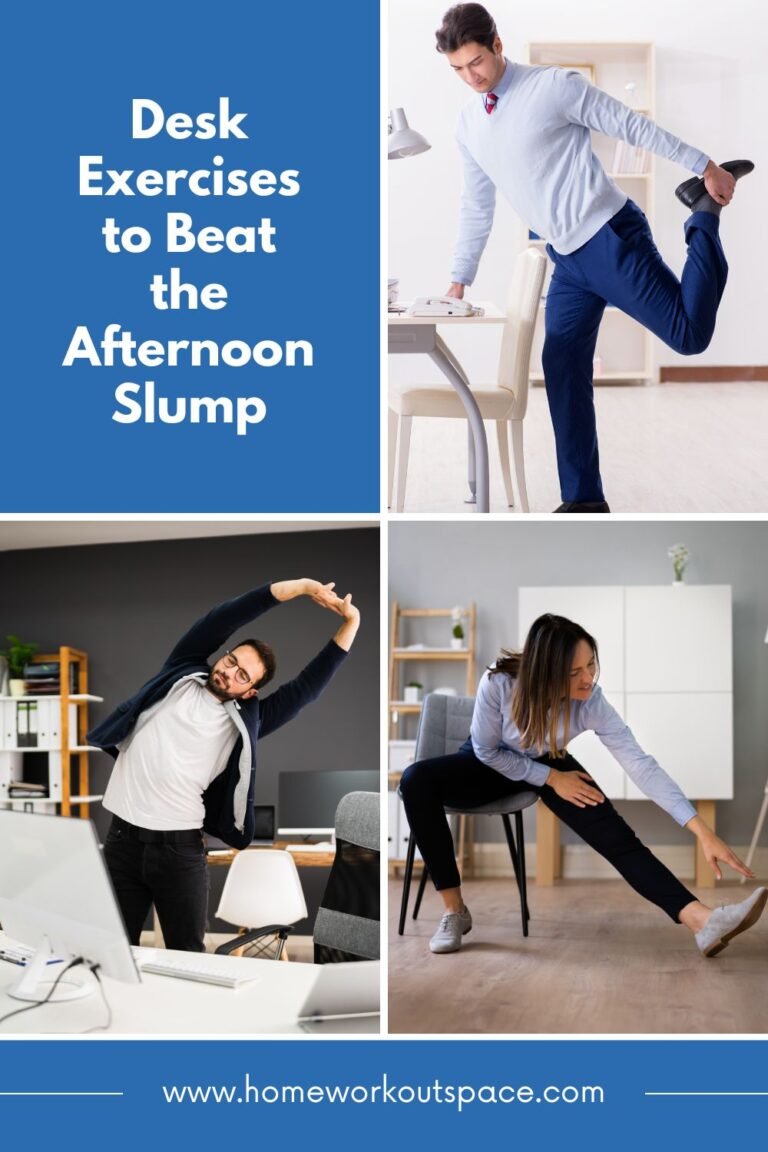Vibration Plate Exercises for Beginners Guide
If you’re new to the world of fitness and looking for an effective and low-impact way to get in shape, vibration plate exercises might just be the perfect solution. These machines, also known as whole-body vibration trainers, use vibrations to stimulate and engage your muscles, providing a unique and challenging workout experience.
Whether you’re aiming to improve strength, flexibility, or overall physical condition, vibration plates offer a wide range of benefits for beginners.
In this comprehensive guide, we’ll explore the fundamentals of vibration plate training, recommended exercises, and tips to help you get started on your journey to better health.
Natural Supplements To Help Support Your Home Workouts
✅ Increase Your Pumps And Performance
✅ Promote Muscle Growth And Boost Energy
✅ For Powerful Muscle Growth
✅ Pack On Lean Muscle
✅ Next-generation Fat Burner
✅ Supergreens For full spectrum nutrition
Understanding Vibration Plate Training
Vibration plate training involves standing, sitting, or performing various exercises on a platform that vibrates at a specific frequency and amplitude. These vibrations cause your muscles to contract and relax repeatedly, which can lead to increased muscle activation, improved circulation, and enhanced flexibility.
The benefits of vibration plate Exercises are numerous:
- Low-Impact Exercise: Unlike high-impact activities like running or jumping, vibration plate exercises are gentle on your joints, making them an excellent option for individuals with joint issues or those looking for a low-impact workout.
- Improved Strength and Muscle Tone: The vibrations stimulate your muscles, leading to increased muscle activation and potential strength gains over time.
- Enhanced Flexibility: The vibrations can help improve range of motion and flexibility by gently stretching and lengthening your muscles.
- Better Balance and Coordination: Maintaining proper form and balance while exercising on a vibrating platform can improve overall balance and coordination.
- Increased Bone Density: Some research suggests that vibration plate training may help increase bone density, which is particularly beneficial for older adults at risk of osteoporosis.
Getting Started with Vibration Plate Exercises
Before diving into vibration plate exercises, it’s essential to familiarize yourself with the proper techniques and safety precautions. Here are some tips to help you get started:
- Consult with a professional: If you have any underlying health conditions or injuries, it’s always best to consult with a healthcare professional or a certified personal trainer before starting a new exercise program.
- Start slowly: Begin with shorter sessions and lower vibration settings, gradually increasing the duration and intensity as you become more comfortable with the exercises.
- Wear proper footwear: Wear sturdy, non-slip shoes to ensure proper grip and stability on the vibration plate.
- Maintain good posture: Keep your core engaged, shoulders back, and knees slightly bent to maintain proper alignment and balance during your exercises.
Beginner-Friendly Vibration Plate Exercises
Now that you have a basic understanding of vibration plate training, let’s dive into some beginner-friendly exercises to get you started:
- Static Squats: Stand with your feet shoulder-width apart on the vibration plate. Engage your core and slowly lower into a squat position, keeping your knees behind your toes. Hold the squat for the desired duration, then return to the starting position.
- Calf Raises: Stand with your feet shoulder-width apart on the vibration plate. Raise onto your toes, lifting your heels off the plate. Hold for a few seconds, then slowly lower back down. Repeat for the desired number of repetitions.
- Lunges: Stand with one foot on the vibration plate and the other foot off the plate. Step back with the off-plate foot, lowering your body into a lunge position. Push back to the starting position and repeat on the other side.
- Push-ups: Position yourself in a push-up position with your hands on the vibration plate and your body in a straight line. Perform push-ups as you normally would, maintaining proper form and engaging your core.
- Planks: Assume a plank position with your forearms on the vibration plate and your body in a straight line. Engage your core and hold the plank for the desired duration.
- Wall Sits: Stand with your back against a wall and your feet shoulder-width apart on the vibration plate. Slide down the wall, bending your knees to a 90-degree angle, as if sitting in an invisible chair. Hold the position for the desired duration.
- Side Planks: Lie on your side with your forearm on the vibration plate and your body in a straight line. Engage your core and lift your hips off the plate, forming a side plank position. Hold for the desired duration and repeat on the other side.
Advanced Vibration Plate Exercises
As you gain experience and confidence with vibration plate training, you can gradually incorporate more challenging exercises into your routine. Here are some advanced options to try:
- Single-Leg Squats: Stand on one leg with the other leg extended in front of you. Slowly lower into a squat position, keeping your knee behind your toes. Return to the starting position and repeat on the other side.
- Jumping Jacks: Perform jumping jacks while standing on the vibration plate, engaging your core and maintaining proper form.
- Mountain Climbers: Assume a plank position with your hands on the vibration plate. Engage your core and bring one knee towards your chest, then switch legs in a climbing motion.
- Burpees: Start in a standing position on the vibration plate. Lower into a squat, then kick your feet back into a plank position. Perform a push-up, bring your feet back towards your hands, and explosively jump up, reaching your arms overhead.
Tips for Safe and Effective Vibration Plate Training
- Start with shorter sessions: Begin with 10-15 minute sessions and gradually increase the duration as your body adjusts to the vibrations.
- Stay hydrated: Vibration plate training can be intense, so make sure to drink plenty of water before, during, and after your workout.
- Listen to your body: If you experience any discomfort or pain, stop the exercise immediately and consult with a professional.
- Incorporate rest periods: Allow your muscles to recover by taking short breaks between exercises or sets.
- Vary your routine: To prevent plateaus and keep your body challenged, mix up your exercises and adjust the vibration settings periodically.
By incorporating vibration plate exercises into your fitness routine, you can enjoy a fun, low-impact workout that targets multiple muscle groups and offers a range of benefits.
Remember to start slowly, focus on proper form, and listen to your body as you progress through your vibration plate training journey.

